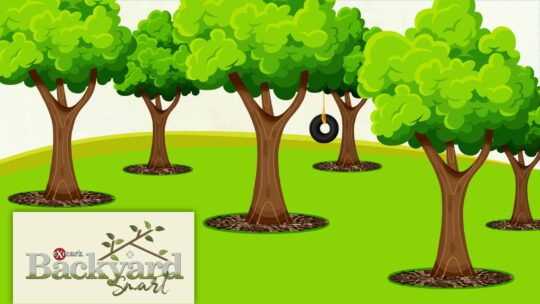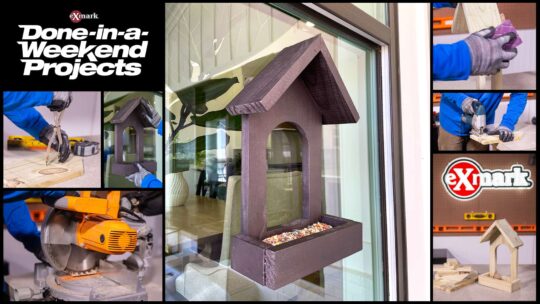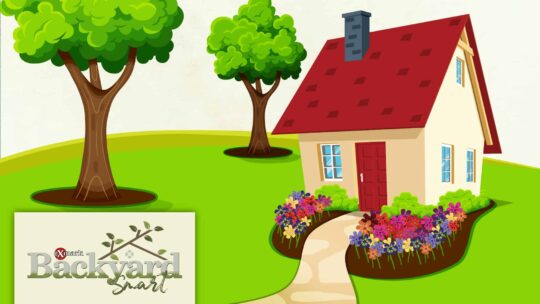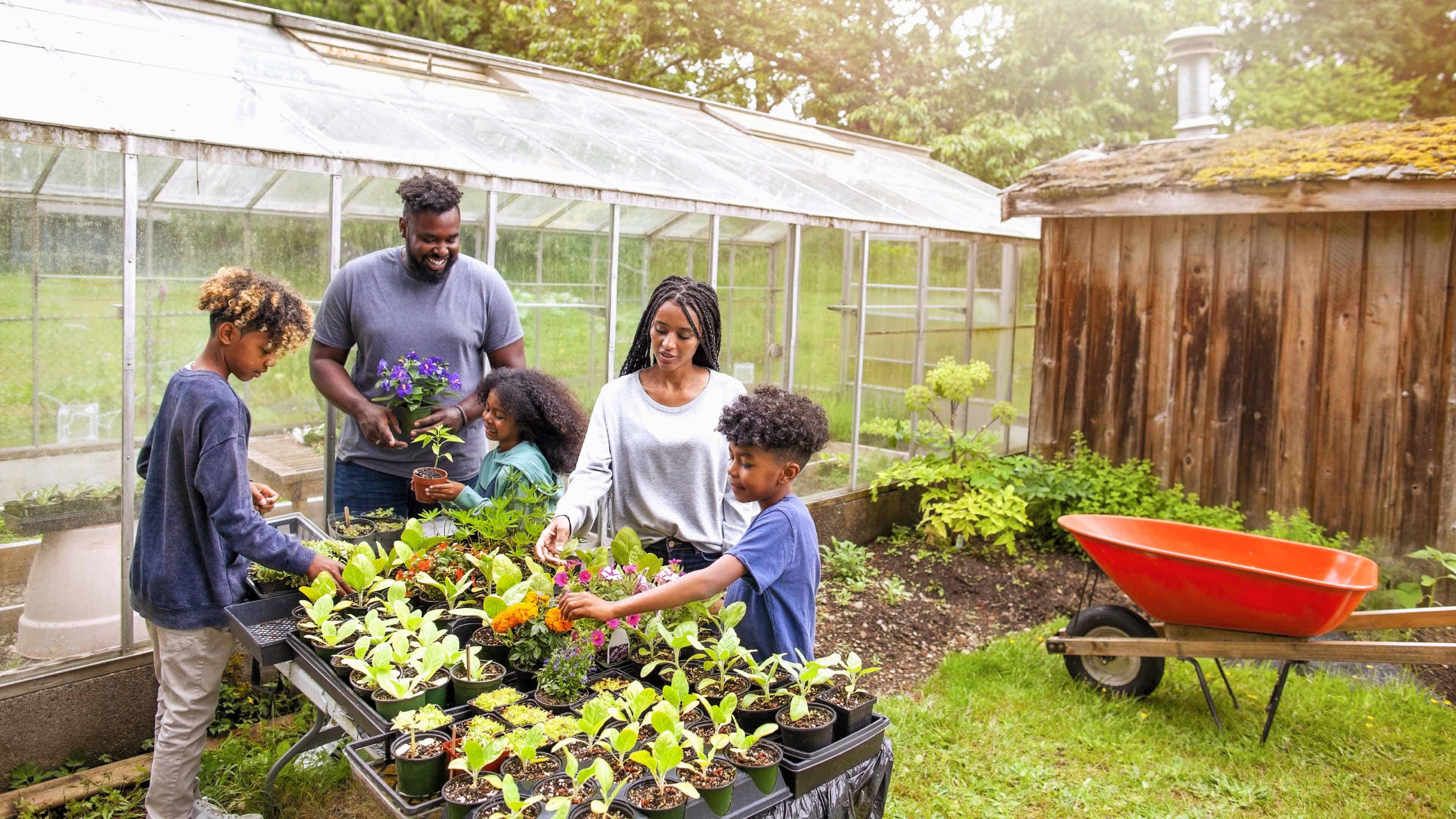
Setting up a greenhouse provides an opportunity to extend your backyard gardening season—essentially allowing you to grow all year-round. They also enable you to expand your gardening skills with plants from outside your growing zone. However, successful greenhouse growing is more than just throwing down some seeds and hoping for the best. Organization and efficiency are key to any greenhouse setup. We have outlined setup considerations and types of greenhouses so you can get started with year-round growing.
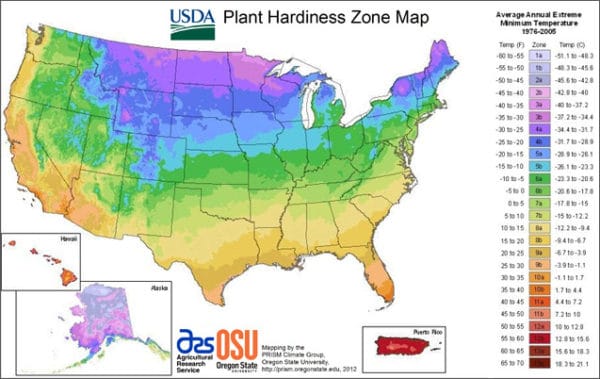
RECOMMENDED VIDEO:
Find Your Plant Hardiness Zone
When choosing what kind of plants to put down in their yard, most homeowners think of the what and the where. A beautiful plant in a prime location enhances curb appeal and even bragging rights. Less thought is given, however, to understanding your USDA plant hardiness zone, and all the ramifications that come with them. Watch this video to be sure you know your zone for gardening success.
Greenhouse Setup Considerations
- Determine your greenhouse size: The most important thing to consider when building a DIY greenhouse is its size. Think about what you’d like to plant to ensure you’ll build one with enough growing space.
- How much sun will your greenhouse receive: Your greenhouse will be around for years to come, so place it wisely. Look for a location that receives at least six hours of direct daily sunlight.
- Water source location: Make sure your greenhouse setup is close enough to the power and water supplies needed to support it.
- Greenhouse type and style: Once you’ve identified the perfect spot, you’ll need to determine the style that’s right for you. You can find an overview of the various greenhouse types and styles that are available below.
- Planting plans and greenhouse layout: How you lay out your greenhouse depends largely on the size and what you plan to use it for. Start by drawing the shape of your greenhouse and filling it in with what you want in it. This is where zoning comes in extremely handy. The most popular greenhouse layout is to have zones for a watering area, a storage area, a potting area, and areas for both edible and non-edible plants.
Types of Greenhouses
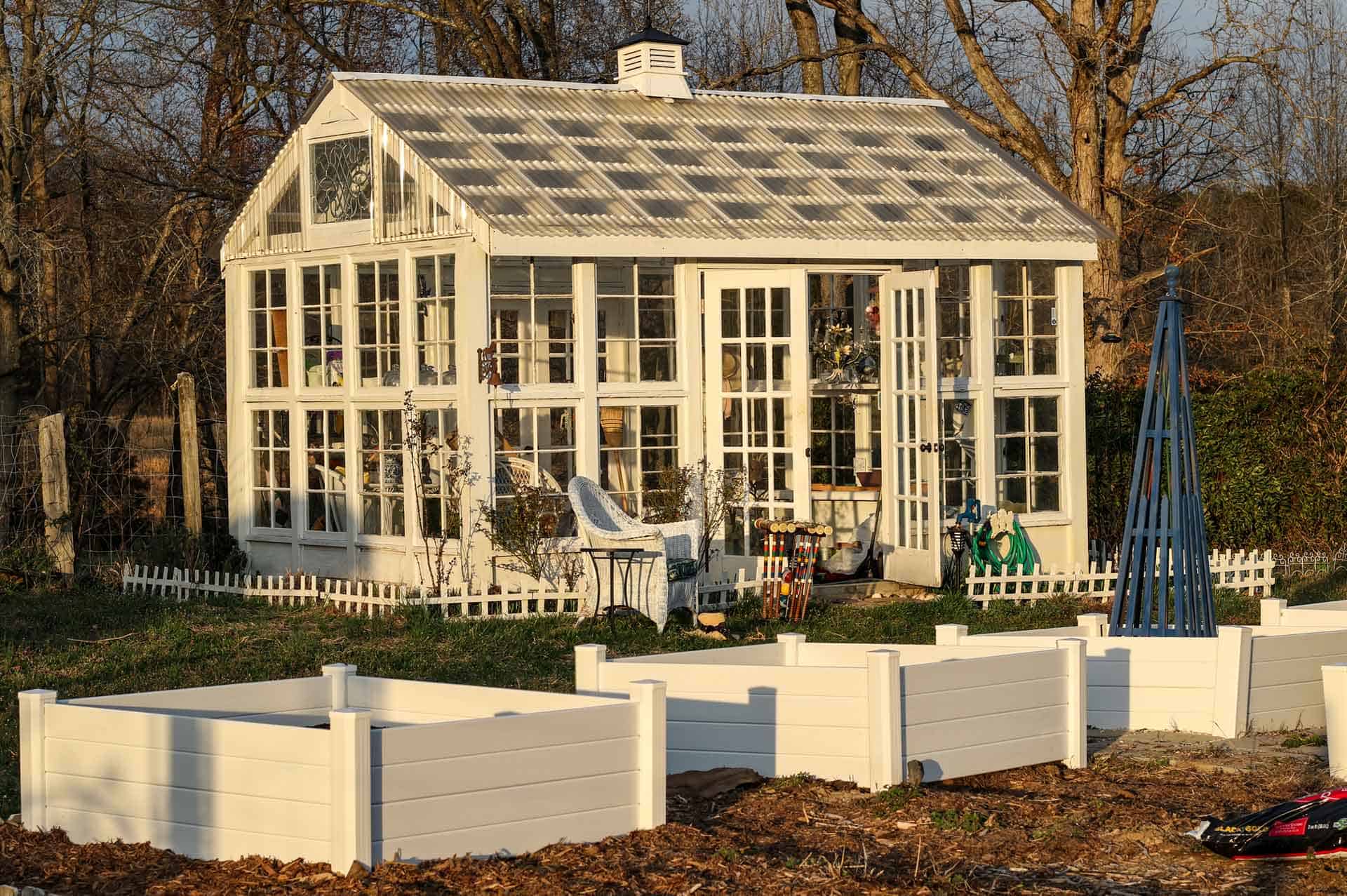
Freestanding greenhouses are built exactly as their name implies. Because they aren’t attached to another structure, you can place them anywhere. But, just make sure your site is level and receives plenty of light. While more expensive than attached greenhouses, they provide a lower per-plant cost since more plants can typically be grown in them.
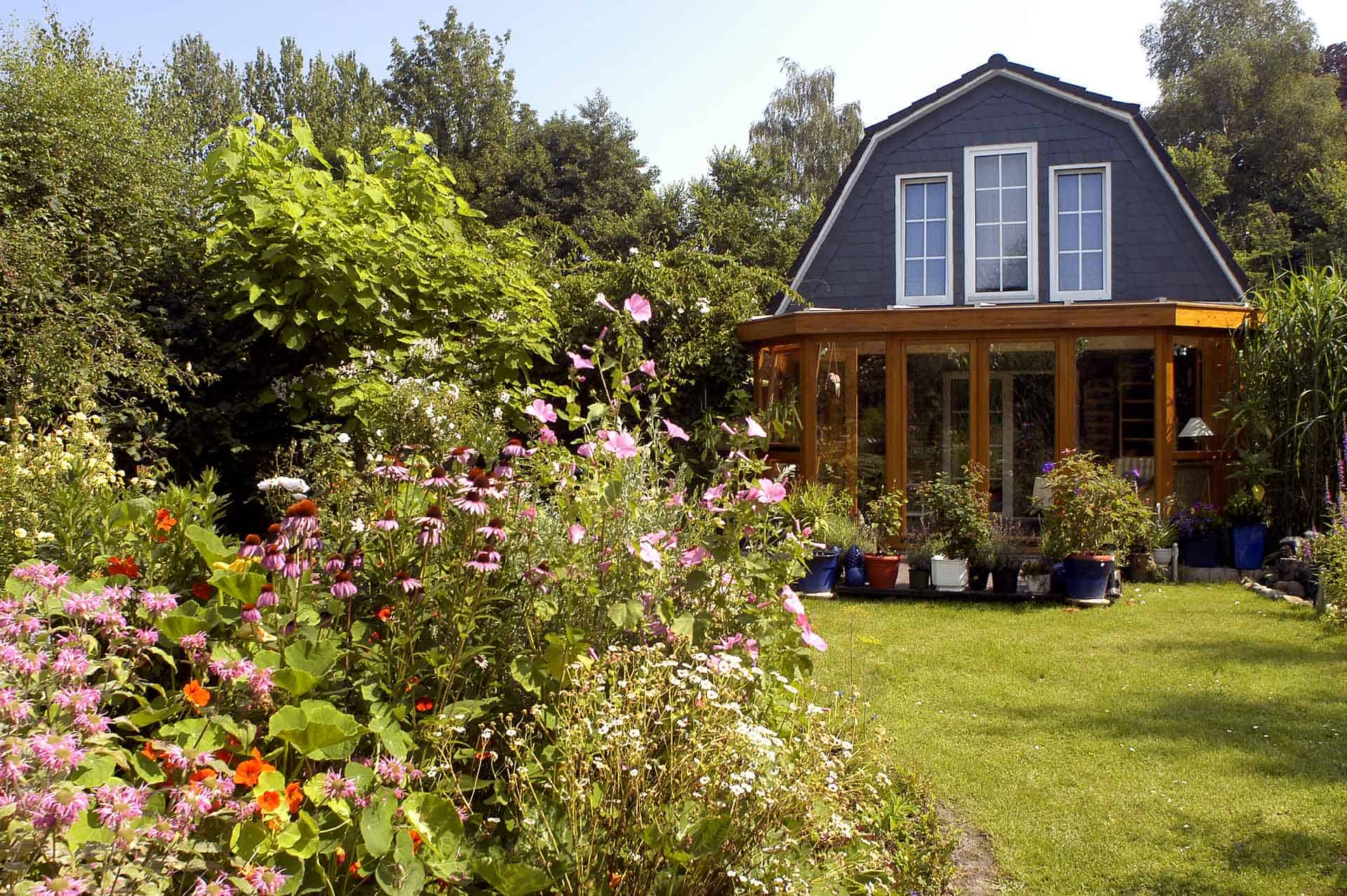
Attached, or lean-to greenhouses offer the advantage of having one sturdy wall already in place. This results in less to build, and lighter greenhouse walls. A lean-to greenhouse is usually less expensive than other models and entails only having to build three sides. They’re great for growing herbs, seedlings, and some vegetables when space is at a premium. One of their disadvantages, however, is that sunlight will be limited to only three sides.
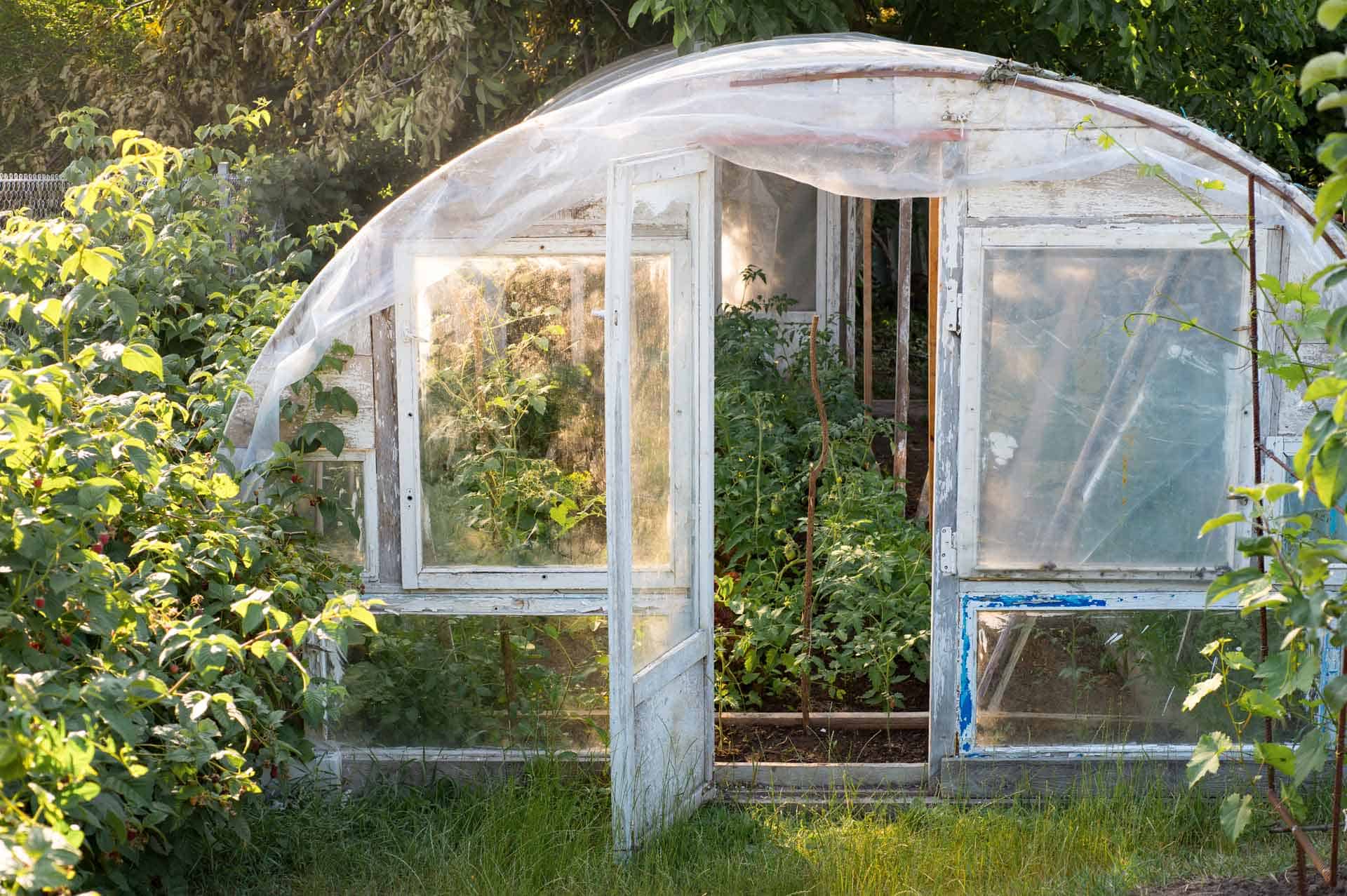
Regardless of style, choosing the right glazing—the material covering your greenhouse frame—is an important pre-construction consideration. There are lots of options to choose from, and each comes with pros and cons. Relatively expensive, many folks prefer to use glass glazing. Polycarbonate glazing is a less expensive option that transmits light well, and is fairly durable. Or, you can use plastic glazing, although it will deteriorate more quickly than other materials.
Once your property’s been surveyed and planting plans determined, it’s time to build your own DIY greenhouse. The finished product will be a beautiful backyard addition that’ll keep you growing all year long!

